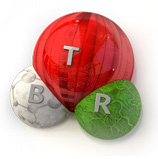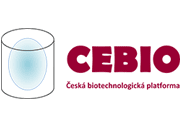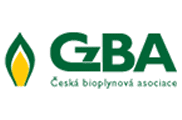allele

An allele is one of two or more forms of a gene or a genetic locus. Sometimes, different alleles can result in different observable phenotypic traits, such as different pigmentation. However, many variations at the genetic level result in little or no observable variation.
Most multicellular organisms have two sets of chromosomes, that is, they are diploid. These chromosomes are referred to as homologous chromosomes. Diploid organisms have one copy of each gene (and therefore one allele) on each chromosome. If both alleles are the same, they are homozygotes. If the alleles are different, they are heterozygotes.
A population or species of organisms typically includes multiple alleles at each locus among various individuals. Allelic variation at a locus is measurable as the number of alleles (polymorphism) present, or the proportion of heterozygotes in the population.






















